Rise Of DSA Technology Reduce Dependence On EUV Equipment
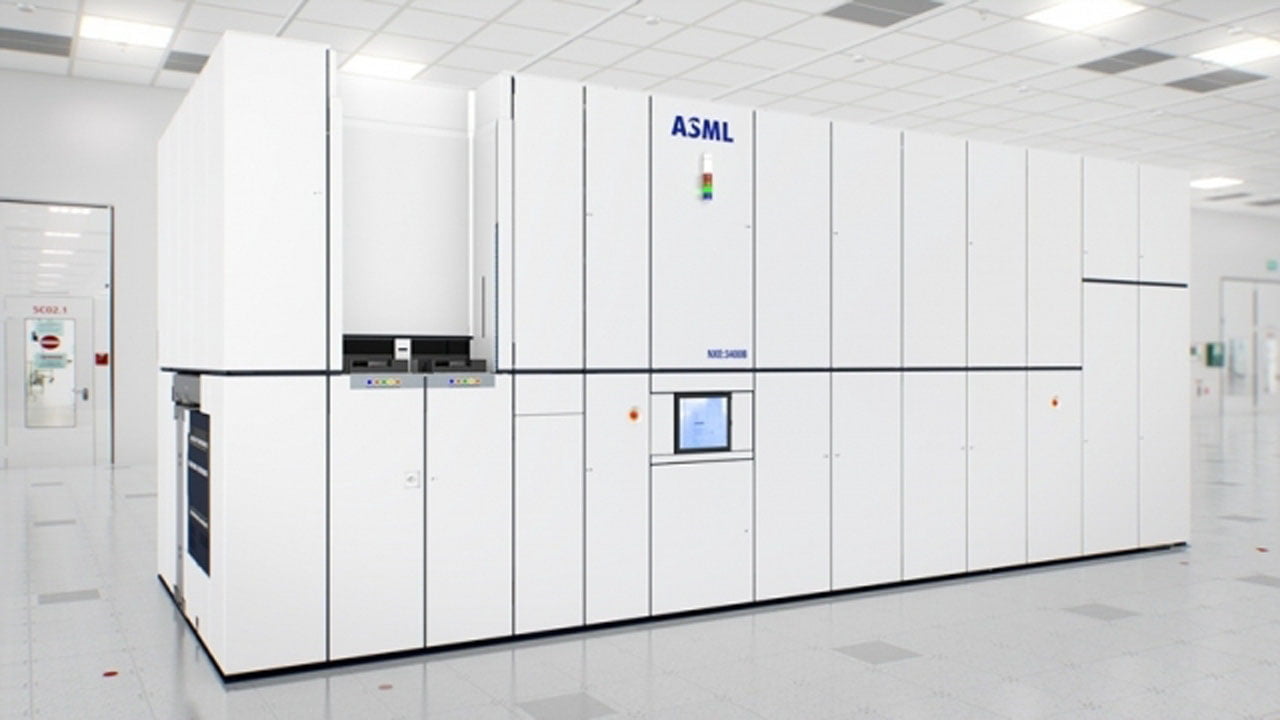
Reduce dependence on EUV equipment Rise of DSA technology. The exposure process, which engraves circuits with light on a wafer, is one of the key processes that improves the performance and capacity of semiconductor products. Semiconductors have numerous circuits through which electricity flows. This is because the number of semiconductor chips that can fit into a wafer increases and performance improves by making the circuit finer.
At levels above 20 nanometers (㎚), exposure equipment that uses a wavelength of light called argon fluoride (ArF) was used. However, this began to show limitations with the production of 10-nano semiconductors. ArF exposure equipment uses light with a wavelength of 193 nanometers, but it was difficult to produce fine patterns of 10 nanometers or less with this.
That is why the EUV (Extreme Ultraviolet) process emerged. EUV exposure equipment uses a 13.5 nanometer light wavelength using an EUV light source, and can draw circuits that are 14 times thinner on a wafer than the existing 193 nanometer ArF. EUV exposure equipment has become essential to produce semiconductors below the 10 nanometer level. EUV equipment utilizes methods such as double patterning and quad patterning, which form circuit patterns two or three times to narrow the circuit line width to 10 nanometers.
ASML in the Netherlands is the only company in the world that can produce this EUV equipment. While only one company produces it, there are quite a few companies that need it, including Korea’s Samsung Electronics and SK Hynix, as well as Taiwan’s TSMC. Because of this, prices are becoming more expensive and harder to obtain.
Currently, the price of one EUV exposure equipment is estimated to be around $150 million (approximately 190 billion won). However, even this is expected to continue to rise. The industry believes that with the advancement of EUV exposure equipment technology, the price per unit of equipment could rise up to $400 million (about KRW 510 billion) in the future.
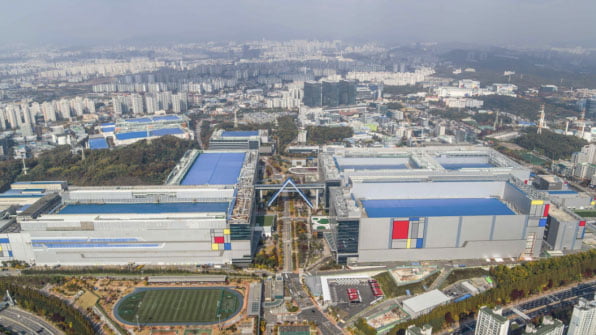
As EUV equipment is becoming increasingly expensive and difficult to obtain, the semiconductor industry is struggling to reduce its dependence on EUV equipment. We are developing new technologies to increase process efficiency. One of them is DSA (Directed Self-Assembly) technology.
DSA technology is a technology that forms patterns using the polymerization properties of two polymers with different properties. Mainly used is a block copolymer synthesized from one molecule of two polymers, polystyrene (PS) and polymethyl methacrylate (PMMA). When this block copolymer is applied to a wafer and heated, PS and PMMA separate from each other, forming a fine pattern.
The pattern formed in this way is used to compensate for stochastic errors that occur in the EUV process. Stochastic error refers to a random and non-repetitive patterning error. This accounts for 50% of EUV patterning errors. Among these, DSA can significantly improve process costs by reducing two EUV steps.
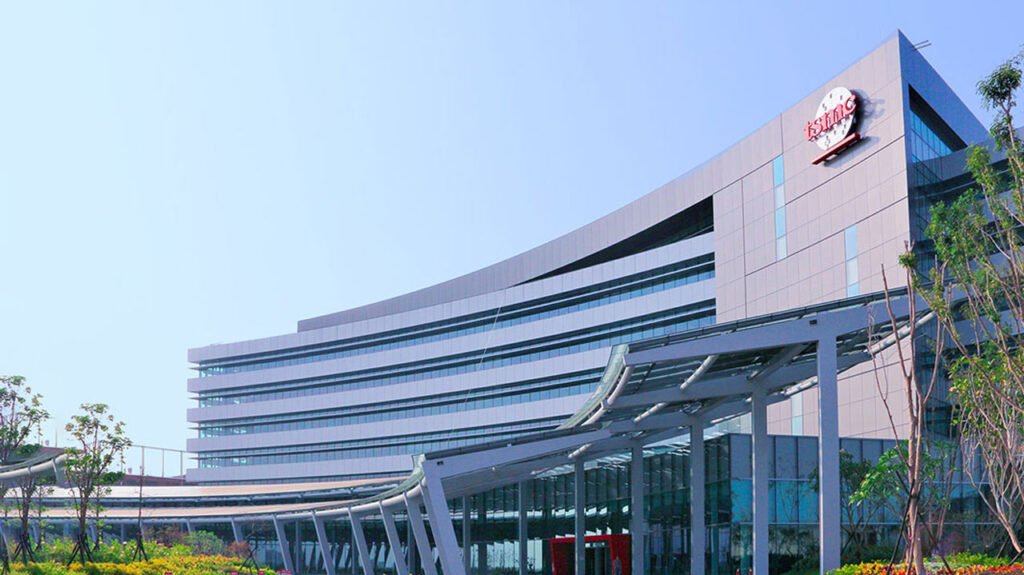
You said earlier that EUV equipment forms circuit patterns two or three times to narrow the circuit line width to 10 nanometers, right? If a pattern is formed multiple times, the cost will inevitably increase as the process time increases. Using DSA technology can reduce the number of EUV exposure processes, thereby lowering the demand for EUV equipment.
However, DSA technology is still in its infancy. Many technical challenges remain. For example, the stability and quality of DSA materials, the accuracy and uniformity of patterns, and the diversity and complexity of patterns are pointed out as problems. Additionally, it has not yet been established how to combine DSA technology with other processes. Therefore, in order to apply DSA technology, new equipment and processes must be introduced, verified, and optimized.
However, it is expected to become an essential technology for EUV within the next 10 years. Major semiconductor companies such as Merck, Samsung Electronics, SK Hynix, and TSMC are actively participating in DSA research. In addition, commercialization of semiconductor products using DSA technology is underway.
See More:
Apple Introduces AI To iPhone 16 Like Samsung & Makes Screen Bigger
US Presidential Election Litmus Test: New York House Special Election Begins
24 Hours Without Fever U.S. Seeks To Ease COVID-19 Self-Quarantine

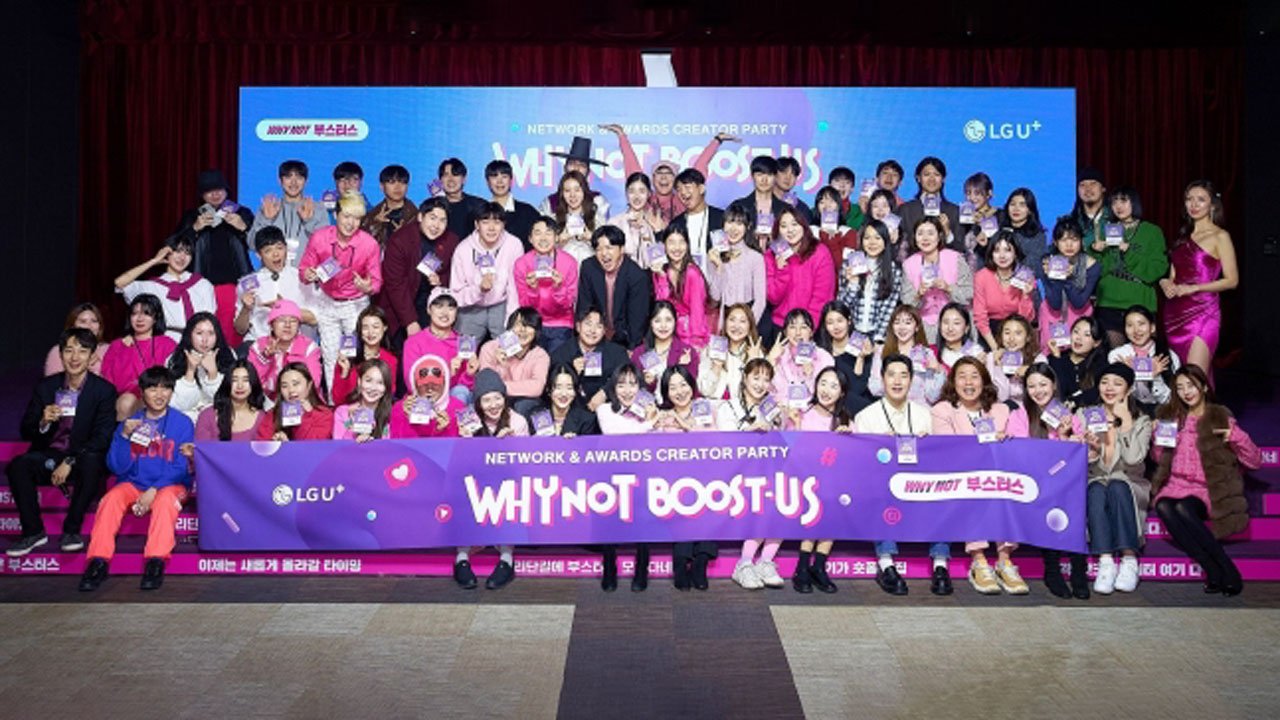
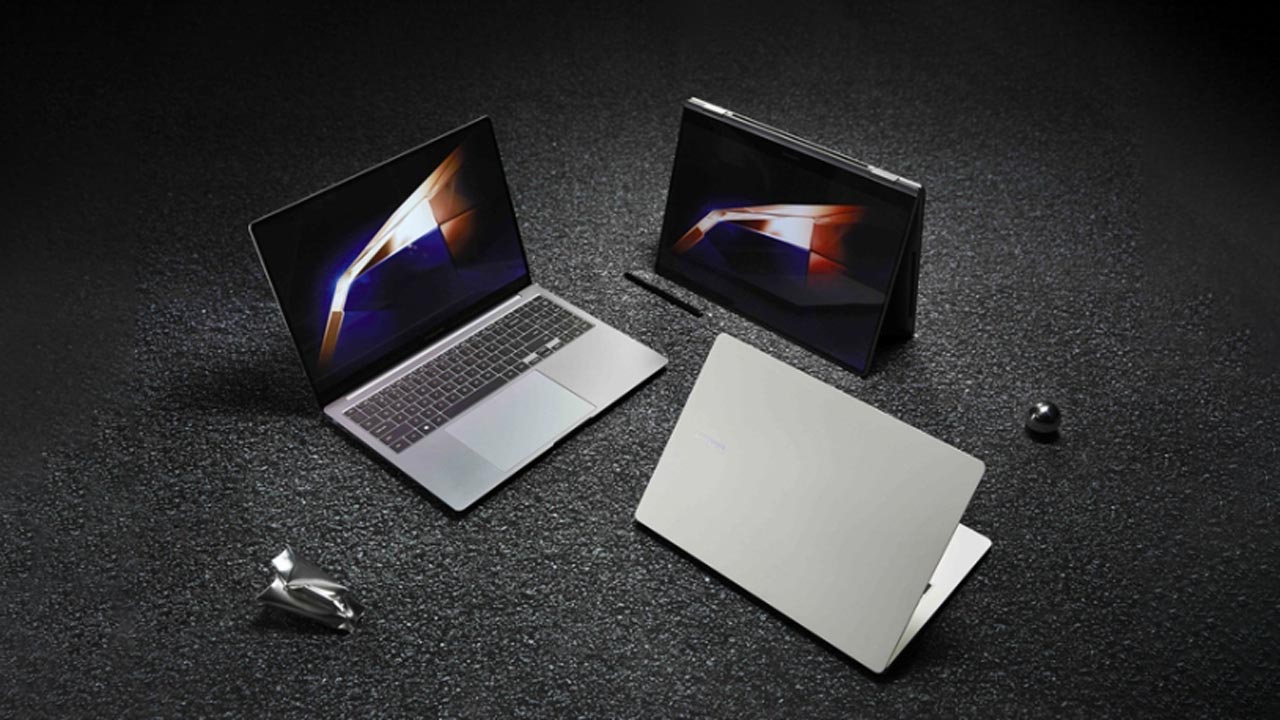

Leave a Comment